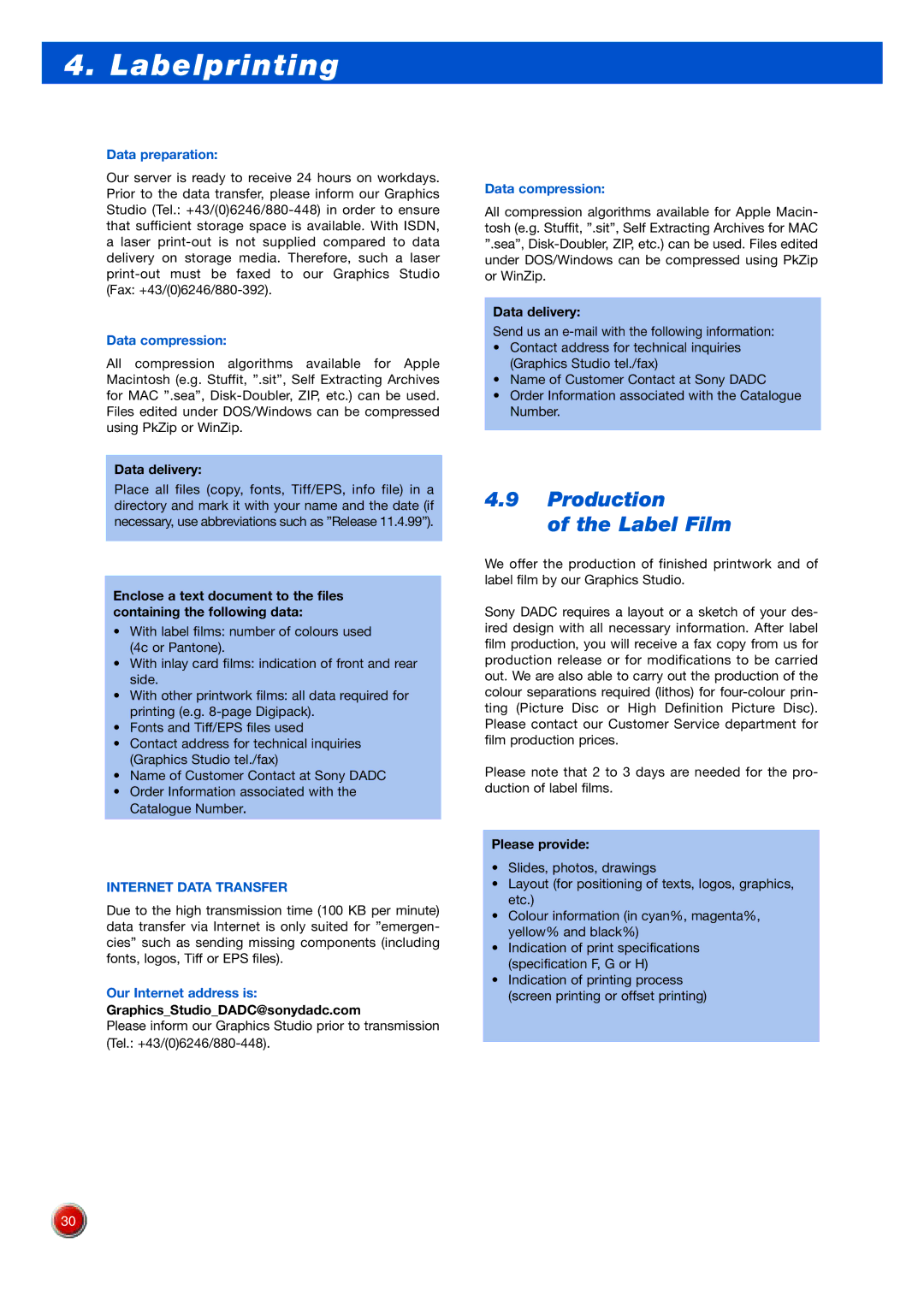DVD Rom/DVD Video specifications
Sony DVD-ROM/DVD Video technology has played a significant role in the evolution of home entertainment and data storage. Since its introduction in the late 1990s, this versatile format has enabled users to enjoy high-quality video and audio, making it a standard for movie distribution and video playback.One of the main features of Sony DVD-ROM is its substantial storage capacity. A single-layer DVD can hold approximately 4.7 GB of data, which is significantly more than a standard CD, while dual-layer DVDs can store up to 8.5 GB. This increased capacity allows for higher-quality video content, including full-length movies, with multiple audio tracks and subtitles included.
In terms of video quality, DVD Video supports a resolution of up to 720x480 pixels, providing a clear and vibrant viewing experience. The technology utilizes advanced compression techniques, such as MPEG-2, to efficiently encode video files while maintaining high fidelity. This level of quality, coupled with the ability to offer surround sound formats like Dolby Digital and DTS, makes DVD a preferred choice for cinema-quality home viewing.
Another significant characteristic of Sony DVD technology is its robustness and durability. Compared to other media formats, DVDs are less susceptible to scratches and degradation, ensuring a longer lifespan for physical media. They also employ error correction technologies that help maintain data integrity, providing a reliable storage medium for both movies and computer files.
One of the innovative features of Sony's DVD technology is the menu and navigation system. Users can easily access different scenes, bonus content, and settings through an interactive graphic interface. This enhances the overall viewing experience, offering flexibility to skip chapters or access special features without hassle.
Sony has also embraced the evolution of DVD technology with the introduction of DVD-Audio and DVD-RAM formats. DVD-Audio provides superior audio quality, supporting multi-channel sound and higher sampling rates, catering to audiophiles. Additionally, DVD-RAM offers rewritable disk capabilities, making it suitable for data storage solutions that require frequent modifications.
In conclusion, Sony DVD-ROM/DVD Video technology has established itself as a cornerstone in digital media. With impressive storage capacity, superior video and audio quality, robust durability, and user-friendly navigation, it continues to influence the landscape of home entertainment. As technology progresses, understanding these characteristics becomes essential for consumers and content creators alike, ensuring they can make informed choices in a shifting digital era.

